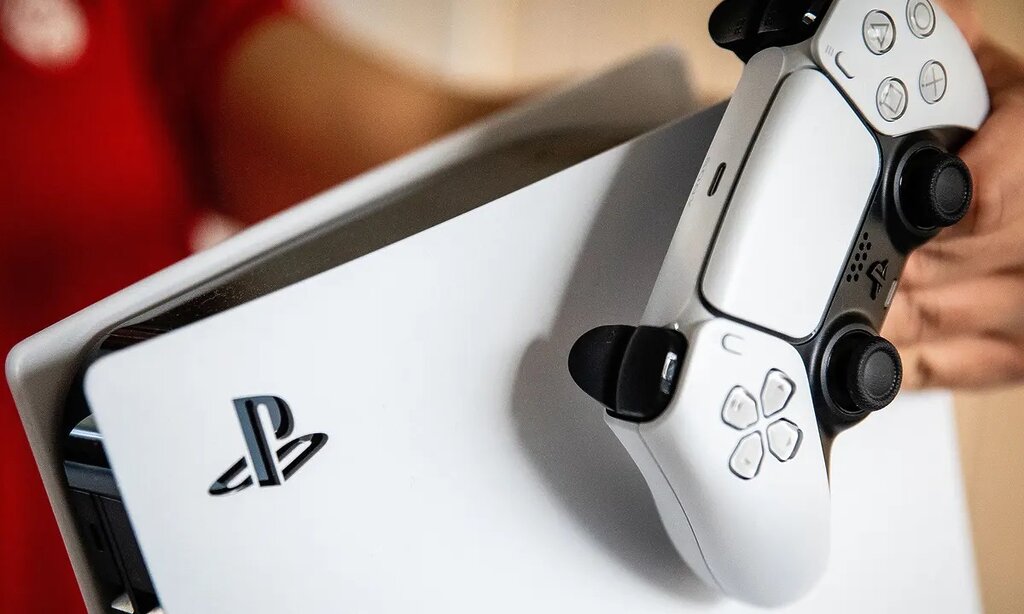- A new report suggests that the PS5 Pro is capable of aiming for 36 TFLOPs of performance.
- This is possible because it can boost as high as 2.35 GHz at maximum.
- The new console will include full mesh shader support, among other features
The PS5 Pro is said to be a significant improvement over its base counterpart.
However, there is still a lack of clarity about the exact specifications of the console. While it is said to be aiming for about 33.5 TFLOPs, new information from sources suggests that it can reach up to 36 TFLOPs in ideal circumstances.
Why it matters: The extra headroom might be enough to push very intensive games as close to 4K resolution as possible.
According to Digital Foundry, the next console will feature 30 Work Group Processors, giving 33.5 TFLOPs of performance, according to the material obtained from Sony’s developer portal. This contrasts with the base model’s 18 WGP, which delivers only 10.23 TFLOPs.
Digital Foundry calculated that the PS5 5 Pro’s 33.5 TFLOPs figure means that its 60 compute units are operating at a clock speed of 2.18GHz, lower than that of the base model.
However, Digital Foundry has learned that the PS5 Pro can use a super boost mode, which raises GPU frequencies to 2.35 GHz, delivering 36 TFLOPs of performance. Therefore, the system might be capable of slightly more than everyone is being led to believe.
Unfortunately, because of the system’s power ceiling, only a few games will benefit from additional performance due to the higher clock speed.

The source also reveals that this console will feature more compute units per shader engine and better ray tracing performance thanks to its redesigned cache structure, which has a doubled L1 cache and an increased L0 size from 16KB to 32KB.
Furthermore, the revised console GPU will enable DirectX12 Ultimate capabilities that aren’t accessible on the base model, like full mesh shading support, variable rate shading, and hybrid MSAA.
A 67% increase in compute units only corresponds to about 45% of additional performance, which is still striking when looking at the specifications. However, more computing does not scale linearly with higher gaming performance.
PSSR upscaling may be revolutionary for Sony, as it has had quite an impact on Nvidia. The PS5 Pro seems like a strong option overall, offering ample computing power to upscale resolution as required, coupled with superior reconstruction technology that aims to convincingly deliver 4K visuals from 1080p inputs.
Thank you! Please share your positive feedback. 🔋
How could we improve this post? Please Help us. 😔
[News Reporter]
Malik Usman is student of Computer Science focused on using his knowledge to produce detailed and informative articles covering the latest findings from the tech industry. His expertise allows him to cover subjects like processors, graphics cards, and more. In addition to the latest hardware, Malik can be found writing about the gaming industry from time to time. He is fond of games like God of War, and his work has been mentioned on websites like Whatculture, VG247, IGN, and Eurogamer.


 Threads
Threads

